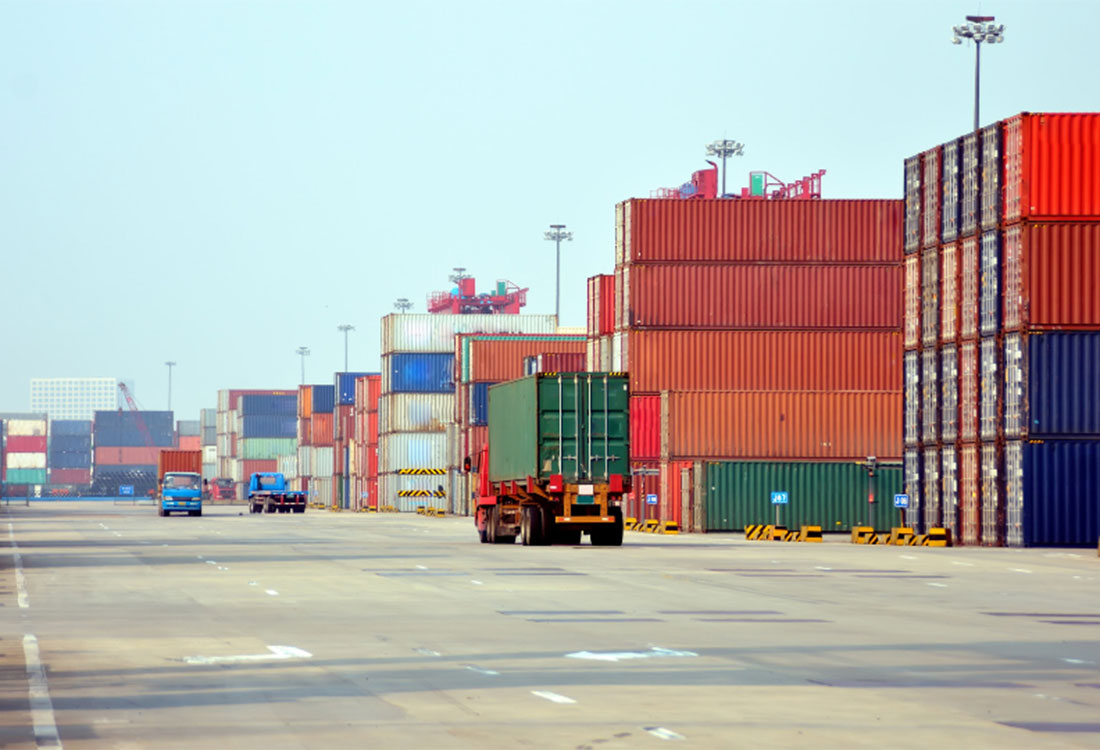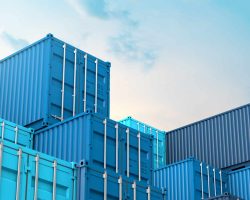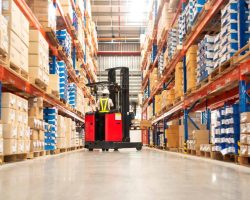
The ongoing issues at inland rail terminals, most notably in Toronto and Montreal, are finally showing signs of improvement, which is a welcome relief to everyone. As most shippers are very aware, the problems at these destination terminals were quite severe. Overall high import volumes last summer and fall resulted in severe congestion, most notably at all Toronto rail terminals.
Coupled with this was a pronounced shortage of drayage availability, which compromised the fluidity of intermodal moves and only added to the congestion issues. The situation was so serious that in the early fall many truck carriers were so overwhelmed they had to announce they could not take on any new business. At the same time, due to limited available space at inland terminals, empty containers could not be returned in a timely manner.
The spinoff effect of these issues was a multitude of additional fees, all of which were directed to the shippers involved. These charges included terminal storage, truck carrier yard storage and steamship line detention and demurrage fees. In many instances, these extra fees amounted to thousands of dollars for a single intermodal container shipment and, as noted above, these costs were unavoidable.
The good news is the situation has changed quite dramatically over the past two months, with import volumes reducing, which allowed terminals to deal with the backlog of units. As on-hand cargo volume decreased, terminals were able to accept empty containers in a timely fashion and, because of this, drayage providers no longer had to hold containers at their yards, tying up their equipment.
This has resulted in a return to normal drayage operations, which simply means intermodal containers can be handled in a timely, efficient manner. Inbound containers can be delivered upon arrival and the empty containers are now being returned promptly, avoiding additional fees.
While the signs are optimistic, we have to be mindful the overall supply chain in Canada is fragile at best, as became painfully aware to everyone last year. Cyclical volume changes are the norm, with summer and fall being traditional “peak” seasons for shipping. However, other factors such as worldwide economies in general also affect supply chain composition and cargo volume, so what happens going forward remains to be seen.
For more information, contact David Lychek, Director – Ocean & Air Services.
















